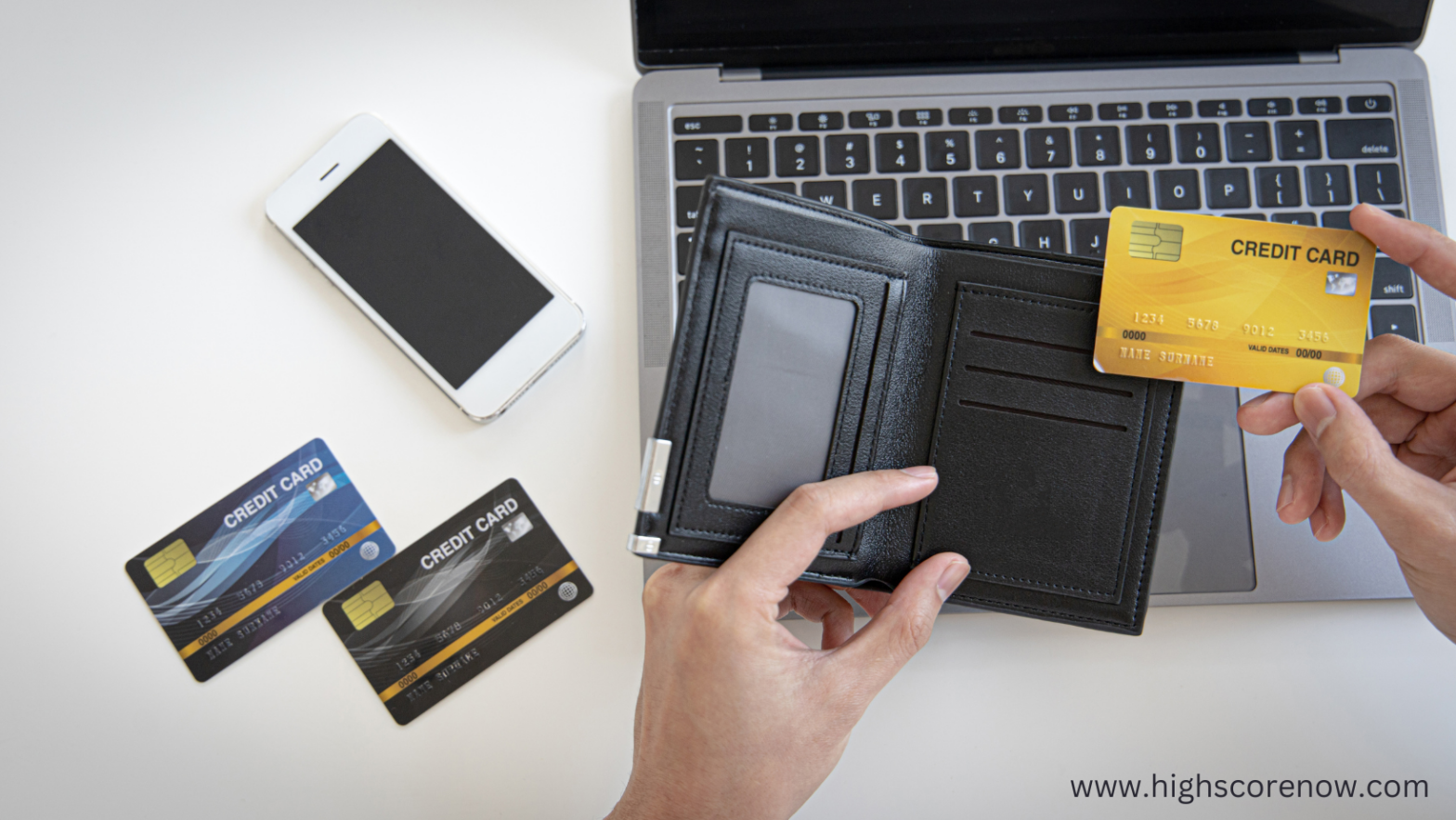The act of fixing your poor credit standing is referred to as credit repair. Your credit position can deteriorate due to a number of factors Repairing it can be as simple as making a call and disputing some mistaken information, or it can be labor intensive. That’s why it’s crucial to take some steps to have a good credit standing before everything falls apart.
But if your credit score is already down the drain, don’t worry—there are ways to get it back on track. It can be labor-intensive and time-consuming to repair your credit yourself, which is why credit repair companies come in handy. Credit repair services from these firms can assist you in disputing inaccurate information on your credit report with credit reporting agencies.
These companies are transparent in what they do and they are professionals who understand how to raise your score again. Credit repair companies usually charge a monthly fee for work performed in the previous month or a flat fee for each item removed from your report.
How to Repair Your Credit
Whether handling it on your own or working with a credit repair firm, to increase your credit score, you must take gradual steps to improve your credit history. There is no quick fix for your credit. Collection accounts, charge-offs, and missed payments will remain on your credit reports for seven to 10 years unless they are updated. However, you can build a more positive credit history by taking incremental steps over time.
1. Check Your Credit Report
To learn more about your credit score and what lenders see when they look at yours, check your report and learn how to read it. There are companies that give you free credit score reports. With it, you’ll be able to see the highest risk factors that adversely affect your scores and make improvements to them. You can report incorrect information to a credit reporting agency if you find it. You should also contact the lender that reported the incorrect information and ask them to fix it.
2. Improve Your Payment History
FICO® score models are based on your financial history. The most significant component is your payment history. Late and missed payments will lower your credit scores, and bankruptcy and debt collection can cause significant damage. Your credit reports and scores will remain impacted for seven to 10 years after this negative information is recorded.
Your credit scores take into account the size of your debt and the time of your payments. Your score will be worse if your debts are large and your payments are late. Always make sure to pay your bills on time and keep them current to improve your credit scores.
3. Get Additional Credit Assistance
Consider consolidating your debt via a personal loan or balance transfer credit card if your debt is manageable.
If you can qualify and stick to the program terms, a debt consolidation loan might provide lower interest rates and reduced monthly payments. With a balance transfer card, you may be able to get an introductory 0% APR promotion, during which you can pay down the balance interest-free. Just be mindful not to continue charging on the original card once the balance is transferred.
Seeking the help of a reputable credit repair agency may be beneficial if your debt feels overwhelming and your credit isn’t good enough to get a balance transfer card or a low-interest personal loan. You can get a consultation with personalized advice for your situation.
You can also work with credit counselors to develop a debt management plan (DMP) for unsecured debt like credit cards. You’ll make your monthly payments to the credit counseling agency, and it will distribute the funds to your creditors. You might also be able to negotiate lower monthly payments and interest rates with the agency. If you use a DMP, your credit history will not be adversely affected as long as you continue to make payments on time as agreed to under the new terms.
4. Keep Tabs on Your Credit Utilization Ratio
Credit scoring models usually take into account your credit utilization ratio, or how much you owe compared to how much credit you have available overall. To find out your utilization percentage, multiply your revolving debt (such as your credit card balances) by 100 and then divide by your total credit (all of your credit limits). For example, if you have $6,000 in debt and $60,000 in credit across all of your accounts, your utilization percentage is 10%.
Keeping your credit utilization ratio below 30% is a good idea, but you should have a rule of thumb—the lower the ratio, the better. There are several ways to lower your credit utilization rate:
- Pay off your account balances.
- Increase your available credit. You can do this by asking for a credit limit increase on your current card or opening a new credit card account.
- Take a personal loan to consolidate your credit card debt as it’s not included in the calculation of the credit utilization rate.
Increasing your credit limit might look like a great option, but it could end up costing you more money. Trying to open a new credit card might tempt you to spend more, which might take you deeper into debt. In addition, if you apply for a new credit card, a creditor’s hard inquiry might temporarily reduce your credit score by a few points.
Getting a personal loan to consolidate your debt can result in a zero utilization rate immediately, but obtaining an acceptable interest rate can be tough if your credit score is poor. As it is, paying down your balances might be the most effective method to boost your credit utilization rate and, consequently, your credit scores.
5. Check the Number of Credit Accounts You Have
Your score takes into account how much you owe across the many accounts you own, and what proportion of those accounts are involved in your debt. It might be advantageous to pay down some of your accounts if you can.
Closing an account that you’ve paid down to zero may adversely impact your credit score, as well as your credit utilization ratio. So keep your accounts open even after the balance is down to zero. Keeping paid-off accounts open is a plus, as those accounts are in good standing.
6. Keep Your Credit History In Mind
Credit score modeling methods, like those used by FICO, take into account an individual’s oldest account and provide individuals with longer credit histories with a monetary advantage. Before closing a credit card account, think about your credit history. Even if you’ve paid off a credit card and don’t intend to use it, leaving it open might be a good call.
Your personal financial circumstances are unique, so you should carefully assess your situation to determine the best approach. Of course, if keeping accounts open and maintaining credit availability would lead to further spending and debt, you may choose to close them. Every individual has a different financial situation, and only you know all the details.
7. Beware of New Credit
Opening several credit accounts in a short period of time can cause lenders to perceive you as higher risk and, as a result, negatively impact your credit scores. Before signing up for a loan or opening a new credit card account, consider the consequences.
However, it’s important to understand that when looking for the best mortgage rates or buying a car, your inquiries may be aggregated and counted as one inquiry for the purposes of credit scoring. In many popular scoring procedures, recent inquiries have a greater impact than older inquiries, and they are shown on your credit report for just 24 months.
8. Once You’ve Reached Your Goal, Keep Track of Your Credit Ratings
Because you have already done the necessary work to rebuild your credit history, you might be tempted to move on and focus on something else. But it’s still a good idea to keep an eye on your credit score. Keeping tabs on your credit score can alert you to any potential problems that could make it drop again. It will also give you a heads-up if someone commits identity theft, so you can take action before it gets out of hand.
How Long Does It Take to Rebuild Credit?
It’s difficult to estimate how long it takes for someone to build back their credit score because each individual’s credit history is unique. The negative information in your credit report might influence how long it takes for you to recover, especially if it occurred a long time ago. You can speed up the process of paying down the debt, but other actions might take months to have a significant impact.
It can take up to 30 days for an investigation into your credit report to finish if you believe the information is fraudulent or inaccurate. When the credit reporting agency discovers your dispute is valid, the information will be removed from your credit report and your score will reflect the change as soon as it is calculated again.
Don’t sweat if your credit report isn’t updated right away if you’re making payments or reducing your credit card balances. It’s critical that you check your credit score regularly to keep track of your progress and make sure the right information is being reported over time. As your credit history improves, your credit scores are likely to improve, and you’ll have a better chance of qualifying for favorable credit terms when you need to borrow again.
Thank you for reading our article. We hope you learned new ways to battle creditors and banks while protecting yourself.
We would encourage you to become a member of HigherScoreNow.com and start to leverage all the benefits of having good credit. You deserve this.

